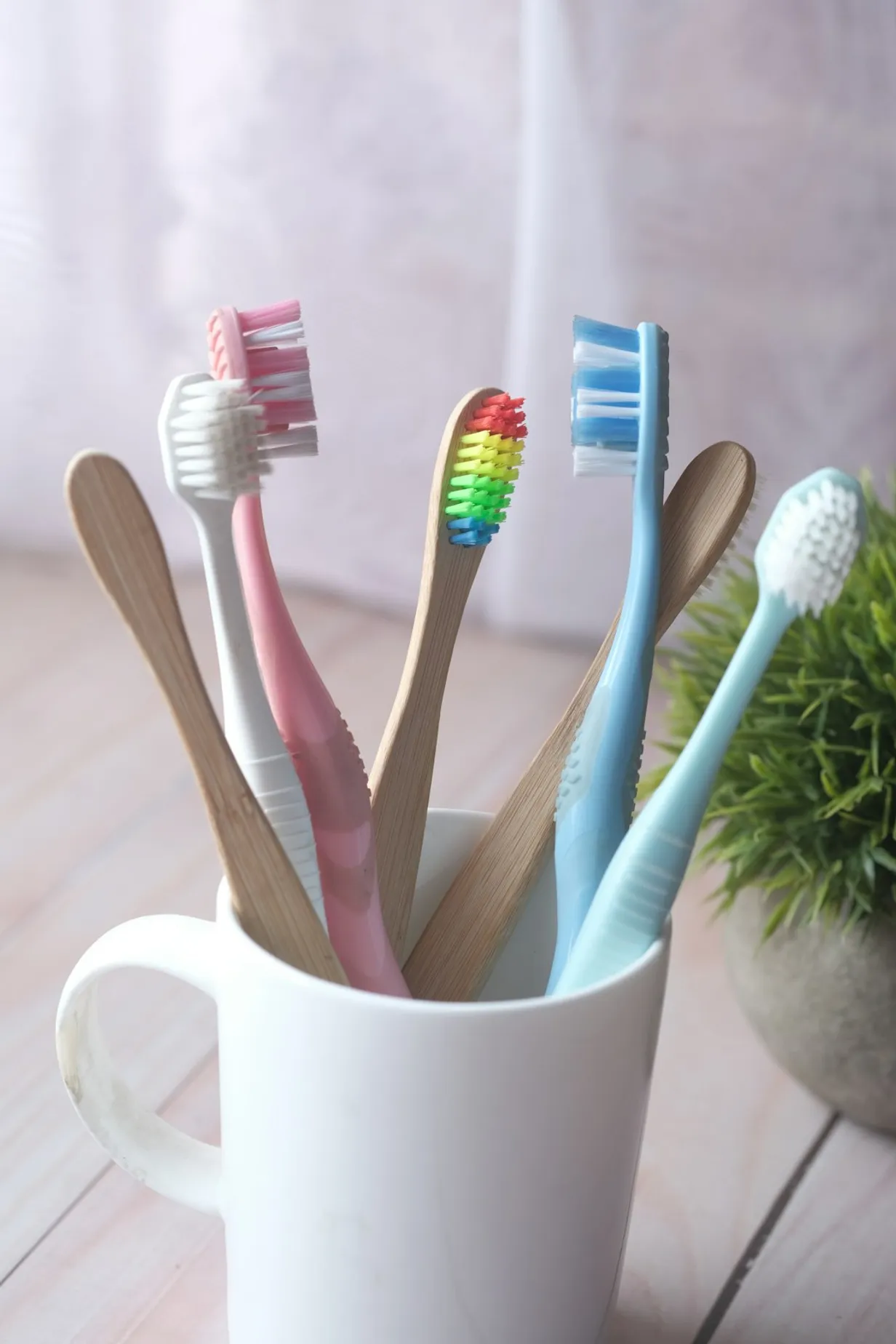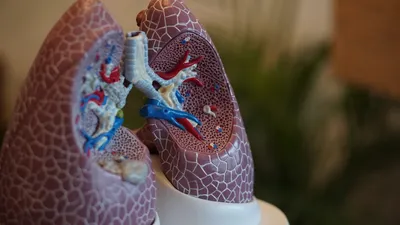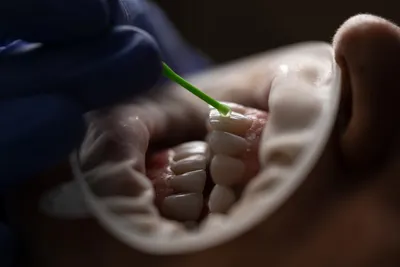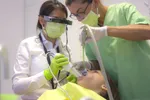
How to Properly Brush Your Teeth: A Step-by-Step Guide
Why Proper Brushing Matters
Proper brushing is the cornerstone of good oral hygiene. It helps remove plaque, prevent tooth decay, and minimize the risk of gum disease. Many people overlook the importance of technique in brushing, but adopting the correct method can significantly enhance your dental health.
Choosing the Right Toothbrush
Bristle Type
Use a toothbrush with soft bristles to avoid damaging your gums and enamel. Soft bristles are effective at removing plaque without causing harm.
Toothbrush Size
Select a toothbrush that fits comfortably in your mouth and allows you to reach all areas easily. A smaller brush may be more suitable for those with a limited range of motion in their mouths.
Selecting the Right Toothpaste
Fluoride Content
Choose a toothpaste that contains fluoride, as it helps to strengthen tooth enamel and prevent cavities.
Specific Needs
If you have sensitive teeth, gum issues, or other specific conditions, look for a toothpaste designed to address these problems. Consult your dentist for recommendations.
Brushing Technique
Angle and Pressure
Hold your toothbrush at a 45-degree angle to your gums. Use gentle, circular motions to clean each tooth. Avoid scrubbing too hard, which can damage your gums and enamel.
Durations and Frequency
Brush your teeth for at least two minutes, twice a day. Ensure that you cover all areas, including the outer, inner, and chewing surfaces of your teeth.
Don't Forget the Tongue
Bacteria can also build up on your tongue, leading to bad breath. Use your toothbrush or a tongue scraper to clean your tongue gently.
Replace Your Toothbrush Regularly
Change your toothbrush every three to four months or sooner if the bristles become frayed. A worn-out toothbrush is less effective at cleaning your teeth.
Additional Tips for Maintaining Oral Hygiene
- Floss daily to remove plaque and food particles between your teeth.
- Use mouthwash to help kill bacteria and freshen your breath.
- Visit your dentist regularly for check-ups and professional cleanings.
- Avoid sugary snacks and drinks that can promote tooth decay.
Conclusion
Understanding and implementing proper brushing techniques can drastically improve your dental health. By choosing the right tools, applying the correct method, and maintaining a consistent routine, you can achieve a healthier, brighter smile. Remember, your dentist is a valuable resource for personalized advice and recommendations.
Top Adult Health Articles
Check out the most popular articles among our readers, featuring trusted advice and actionable insights on adult health.






